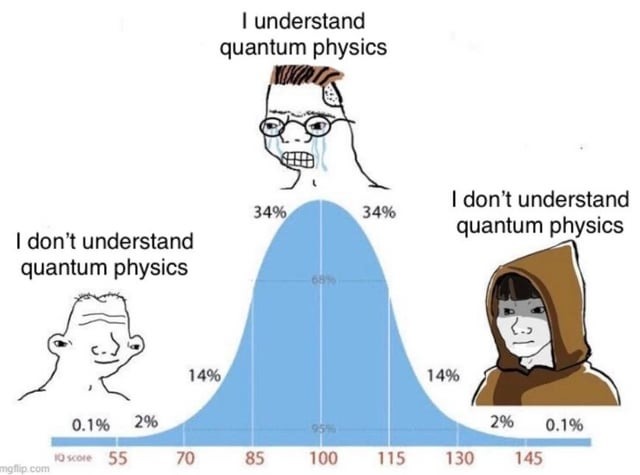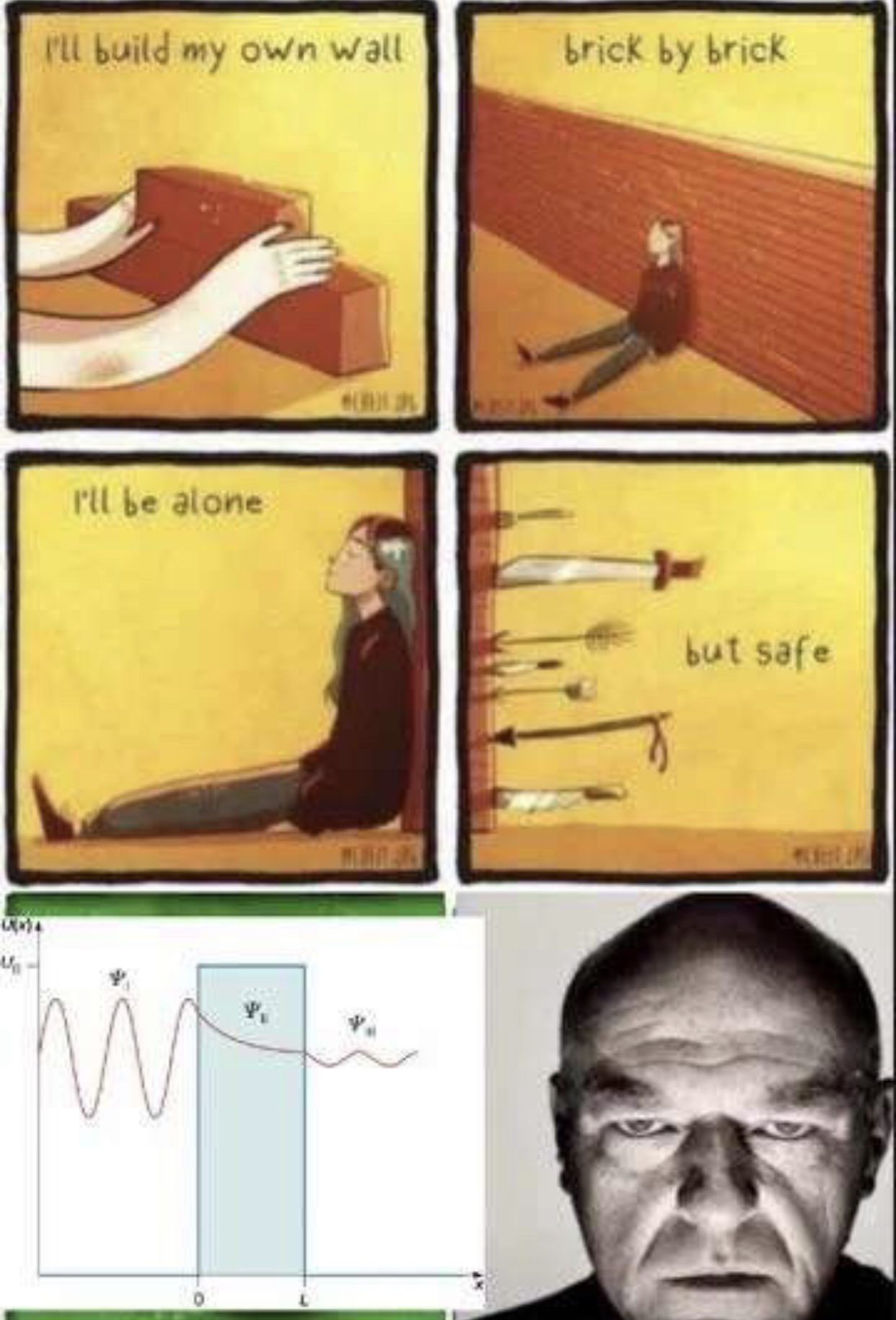even light can stop following null geodesics because the curvature can be too big compared to the wavelength
Very interesting! How do you study something like this? Is it classical E&M in a curved space time, or do you need to do QED in curved space time?
Also, are there phenomena where this effect is significant? I’m assuming something like lensing is already captured very well by treating light as point particles?







Since when do they have those rules? A year ago I unlocked my Xiaomi phone. Outside China. Did not have a Chinese phone number. It took less than an hour.